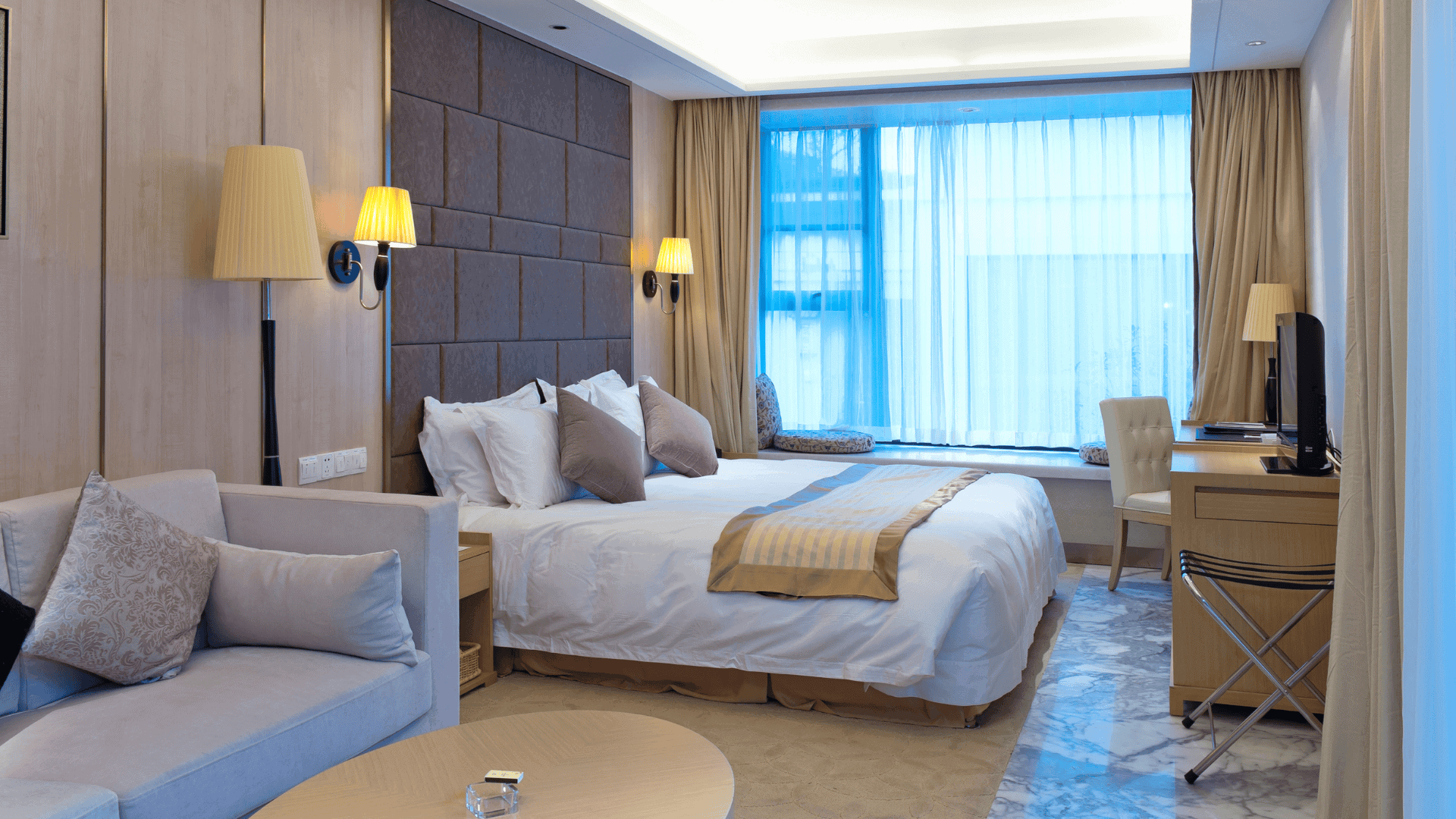
Founder of Psychoanalysis: Sigmund Freud
Sigmund Freud, born on May 6, 1856, in what is now the Czech Republic, was the founder of psychoanalysis, a method for treating psychopathology through dialogue between a patient and a psychoanalyst. Freud spent his early years in Freiberg but moved to Vienna at a young age, where he would live and work for most of his life until the late stages when he fled to London due to the Nazi annexation of Austria. His education at the University of Vienna laid the groundwork for his future discoveries, and it was here that he developed a deep interest in the unconscious mind, which would become the cornerstone of his theories.
Throughout his career, Freud collaborated with several colleagues, including Josef Breuer, with whom he explored the use of hypnosis in treating hysteria. These early experiences significantly shaped Freud's views on the human psyche. He believed that many mental disorders stem from repressed memories and desires, a theory that he continued to develop throughout his life. Freud's marriage to Martha Bernays in 1886 marked the beginning of a personal life that would see him balancing his family responsibilities with his groundbreaking work.
Freud introduced the world to his theories through numerous works, among them "Three Essays on the Theory of Sexuality," where he outlined his ideas regarding sexual drives as powerful motivators of human behavior. His essays on the theory of sexuality, along with other publications, contributed significantly to his reputation as a pioneering thinker. Freud also made extensive contributions to the understanding of dream analysis, seeing dreams as a form of fulfillment of repressed desires.
His theory of the unconscious was perhaps his most revolutionary contribution to psychology, positing that the mind is divided into conscious and unconscious parts, with the latter exerting a significant influence on behavior and thoughts. This theory laid the foundation for much of his psychoanalytic practice, wherein he sought to bring repressed thoughts and feelings into consciousness through therapeutic means. Freud continued to refine his theories throughout his career, facing both acclaim and criticism within the psychological community.
Freud's early life in the Austro-Hungarian Empire laid the groundwork for his later theories on the human psyche. Freud was introduced to the field of psychology during his time at the University of Vienna, where he studied under the guidance of some of the most prominent scientists of the time. It was also at the University of Vienna that Freud met Josef Breuer, a physician who introduced him to the case study that would form the basis of their collaborative work on hysteria.
After receiving his medical degree, Freud spent a significant period working at the Vienna General Hospital, where he furthered his clinical observations. Freud married Martha Bernays in 1886, and together they had six children, including Anna Freud, who would later follow in her father's footsteps and make her own significant contributions to psychology. Freud's work at the hospital and his interest in the human mind led him to develop his theories on the unconscious, which he believed played a critical role in shaping human behavior and personality.
One of Freud's most notable contributions to psychology is the theory of sexuality, outlined in his "Three Essays on the Theory of Sexuality." Here, Freud posited that sexual drive was a primary motivator behind much of human behavior, a concept that was both revolutionary and controversial at the time. Freud's work on sexuality, along with his theories on the unconscious, would cement his reputation as a groundbreaking thinker.
Freud continued to develop his theories throughout his life, despite facing opposition from the broader scientific community. His collaboration with Carl Jung, although initially fruitful, eventually led to a professional split due to differing opinions on the nature of the unconscious. Nevertheless, Freud remained a prolific writer and thinker, contributing voluminously to the field through works such as "The Interpretation of Dreams" and "Civilization and Its Discontents."
Freud's influence extended beyond the realm of psychoanalysis; his ideas permeated the culture and literature of the 20th century, challenging traditional notions of the self and society. The Freud family's legacy is preserved at the Freud Museum London, housed in the very home where Freud spent the last year of his life after fleeing Nazi persecution. The museum, along with the Institute of Psychoanalysis, continues to explore and disseminate Freud's work, ensuring his lasting impact on psychology and beyond.
Sigismund Schlomo Freud, later known as Sigmund Freud, was born on May 6, 1856, in Freiberg, Moravia, now part of the Czech Republic. The son of Jakob Freud, a wool merchant, and his third wife Amalia, Freud was the eldest of eight children. Freud's family moved to Vienna when he was four years old, and it was in this cultural and intellectual hub that Freud would spend the majority of his life and develop his groundbreaking theories.
Freud believed that the unconscious mind had a powerful influence on human behavior and that childhood experiences were crucial in the development of adult personality. This belief laid the groundwork for his development of psychoanalysis, a method for treating psychological pathology by investigating the interaction between the conscious and unconscious elements of the mind. Freud's theory of psychosexual development and the Oedipus complex were central to his psychoanalytical framework, sparking much debate and discussion in the field of psychology.
In 1881, Freud received his medical degree from the University of Vienna. He began his medical career at Vienna General Hospital and later entered private practice, specializing in nervous disorders. His collaboration with Josef Breuer on the study of hysteria using hypnosis led to the publication of "Studies on Hysteria" in 1895, marking the beginning of psychoanalytic theory. Freud continued to refine his ideas, famously proposing the existence of the id, ego, and superego as the three central components of the human psyche.
Freud was appointed as a lecturer at the University of Vienna in 1885 and shortly thereafter went to Paris to study with Jean-Martin Charcot, a renowned neurologist whose work with hypnosis greatly influenced Freud. Upon returning to Vienna, Freud turned his attention to the study of dreams, which he considered the "royal road" to understanding the unconscious mind. In 1900, he published "The Interpretation of Dreams," which introduced his theory of dream analysis and became one of his most celebrated works.
The creation of psychoanalysis was marked by the founding of the Vienna Psychoanalytic Society in 1908, an institution that played a significant role in the spread and development of Freud's ideas. Freud's relationship with Carl Jung, initially a close ally and president of the International Psychoanalytical Association, eventually soured due to theoretical disagreements, particularly over the concept of the collective unconscious proposed by Jung.
Freud's contributions to psychology were not without controversy. His theories on sexuality, particularly the theory of infantile sexuality and the Oedipus complex, were met with resistance from both the medical community and society at large. Despite this, Freud's work profoundly influenced not only psychology but also literature, art, and philosophy, shaping the 20th century's intellectual landscape.
Throughout his career, Freud published numerous works that further elaborated on his theories, including "Three Essays on the Theory of Sexuality," "Totem and Taboo," and "Civilization and Its Discontents." Freud was also a prolific correspondent, and his letters offer invaluable insights into his personal thoughts and the development of his theories.
Freud and his family were forced to flee Austria in 1938 due to the Nazi occupation and the growing threat to Jews in Europe. They settled in London, where Freud continued to write and see patients until his death on September 23, 1939. Freud had been battling mouth cancer for many years, and his health declined significantly in his final months.
Today, Freud is remembered as the father of psychoanalysis, and his work continues to influence the fields of psychology, psychiatry, and psychotherapy. Although Freud's theories have been revised and challenged over the years, his innovative approach to understanding the human mind and his contributions to the therapy of psychological disorders have left an indelible mark on the study of human psychology.
Although some aspects of Freud's work have been contested and evolved over time, the core principles of psychoanalysis remain influential. Freud's conceptualization of the mind as comprising the id, ego, and superego, along with his emphasis on the significance of early childhood experiences, continue to inform contemporary psychological thought and practice. Freud's insistence on the pivotal role of the unconscious in shaping behavior and thought revolutionized our understanding of the self.
Freud's journey from a young student fascinated by the mysteries of the human mind to the father of psychoanalysis and one of the most influential figures in 20th-century psychology underscores the transformative power of his theories. Despite facing criticism and skepticism, Freud's perseverance in exploring the uncharted territories of the mind has enriched our collective knowledge and understanding of psychology. As we continue to explore the depths of human consciousness, Freud's contributions serve as both a foundation and a point of departure for new inquiries into the complexity of the human psyche.










